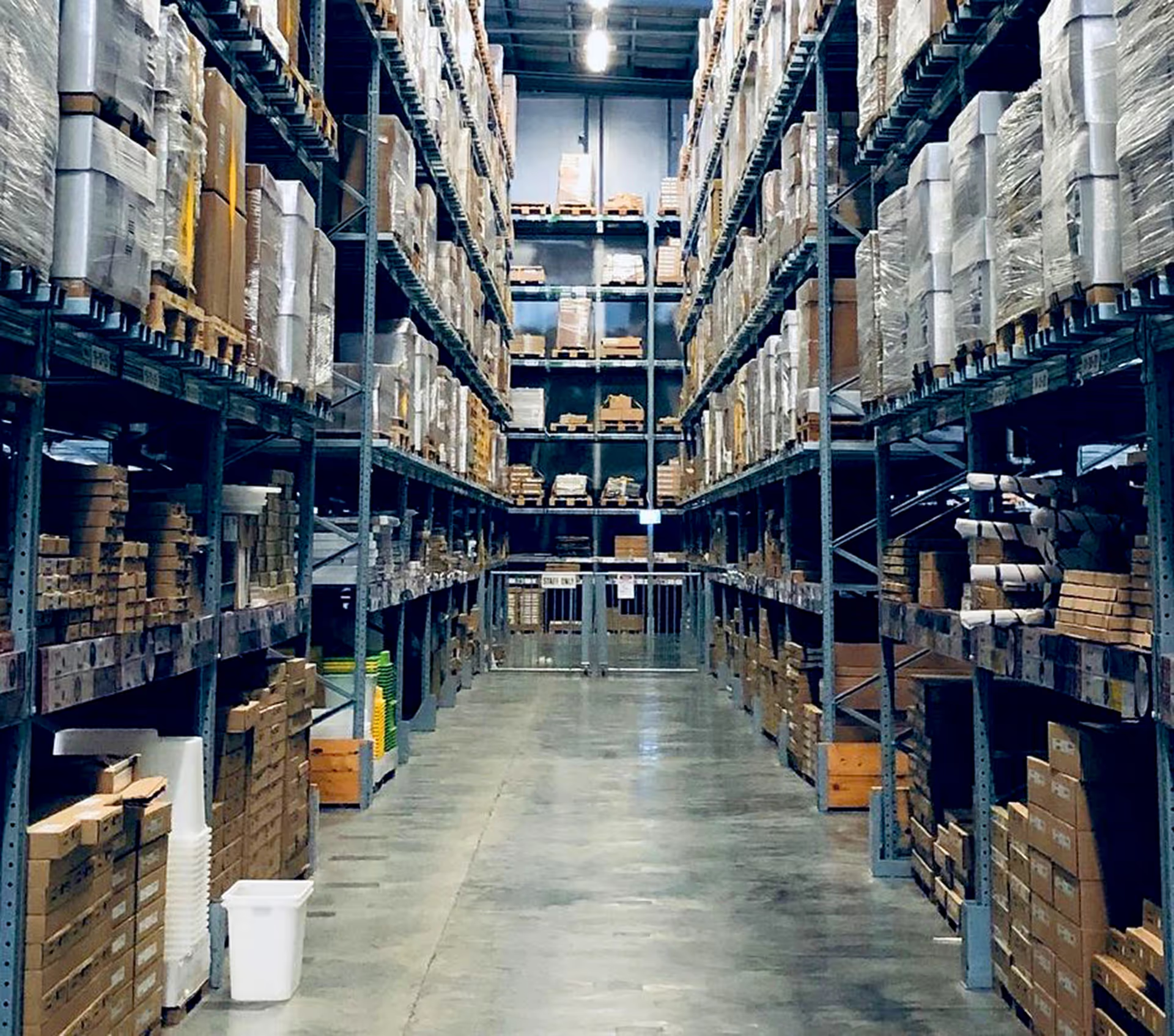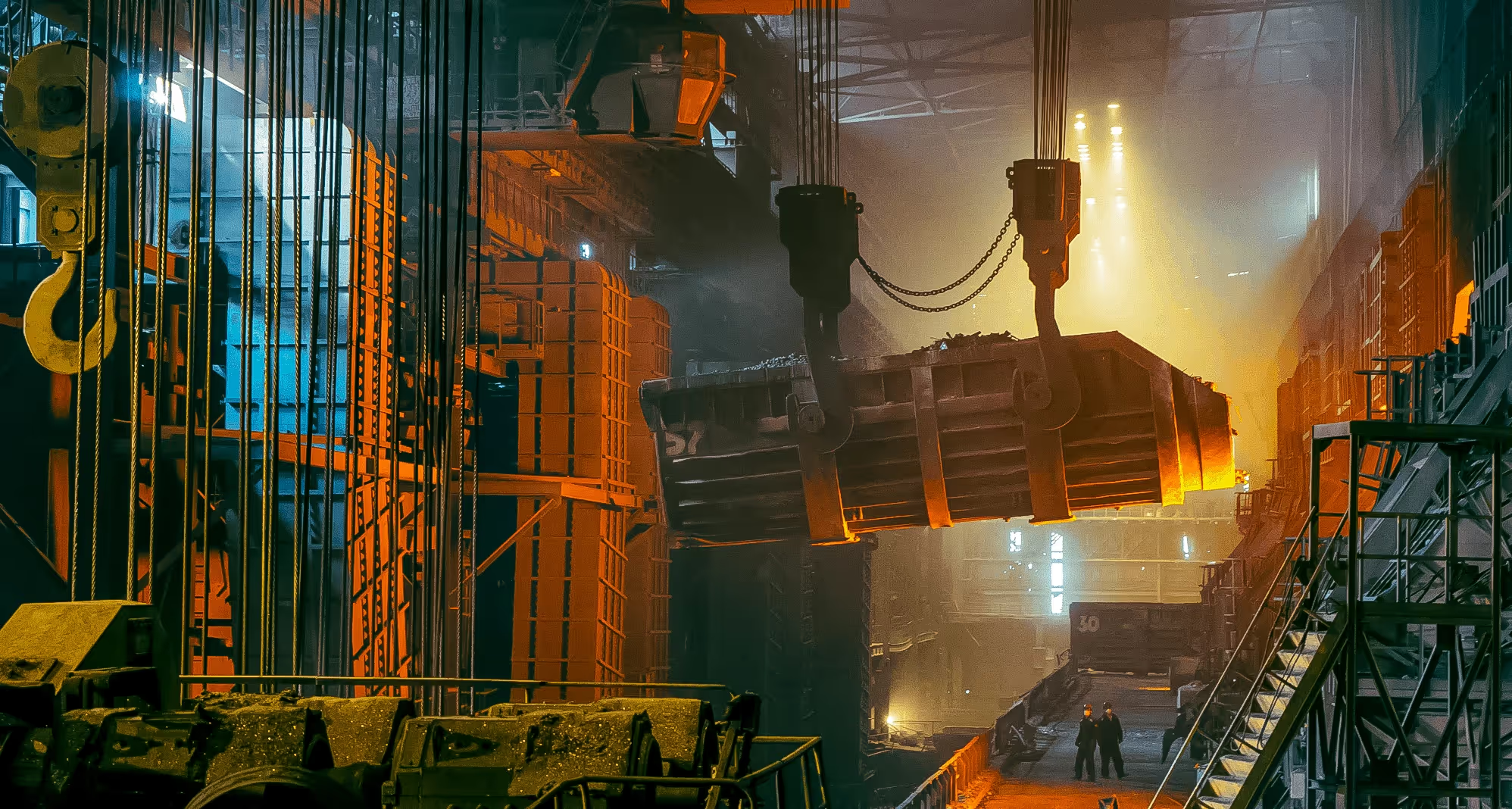Consumer electronics is a great product niche to get into if you're looking for an industry that will almost always have consistent demand. While you may be interested in developing a consumer electronic product in China, it's a challenge to find a solid supplier that can consistently deliver a high-quality electronic product that will capture the attention of customers.
Kanary has a lot of experience sourcing consumer electronics for clients, and we know what to look for (and what to avoid) when trying to find a supplier for this product niche. Below, we'll give some insight into the best way to source consumer electronic goods from China without having to hassle with low-quality factories.
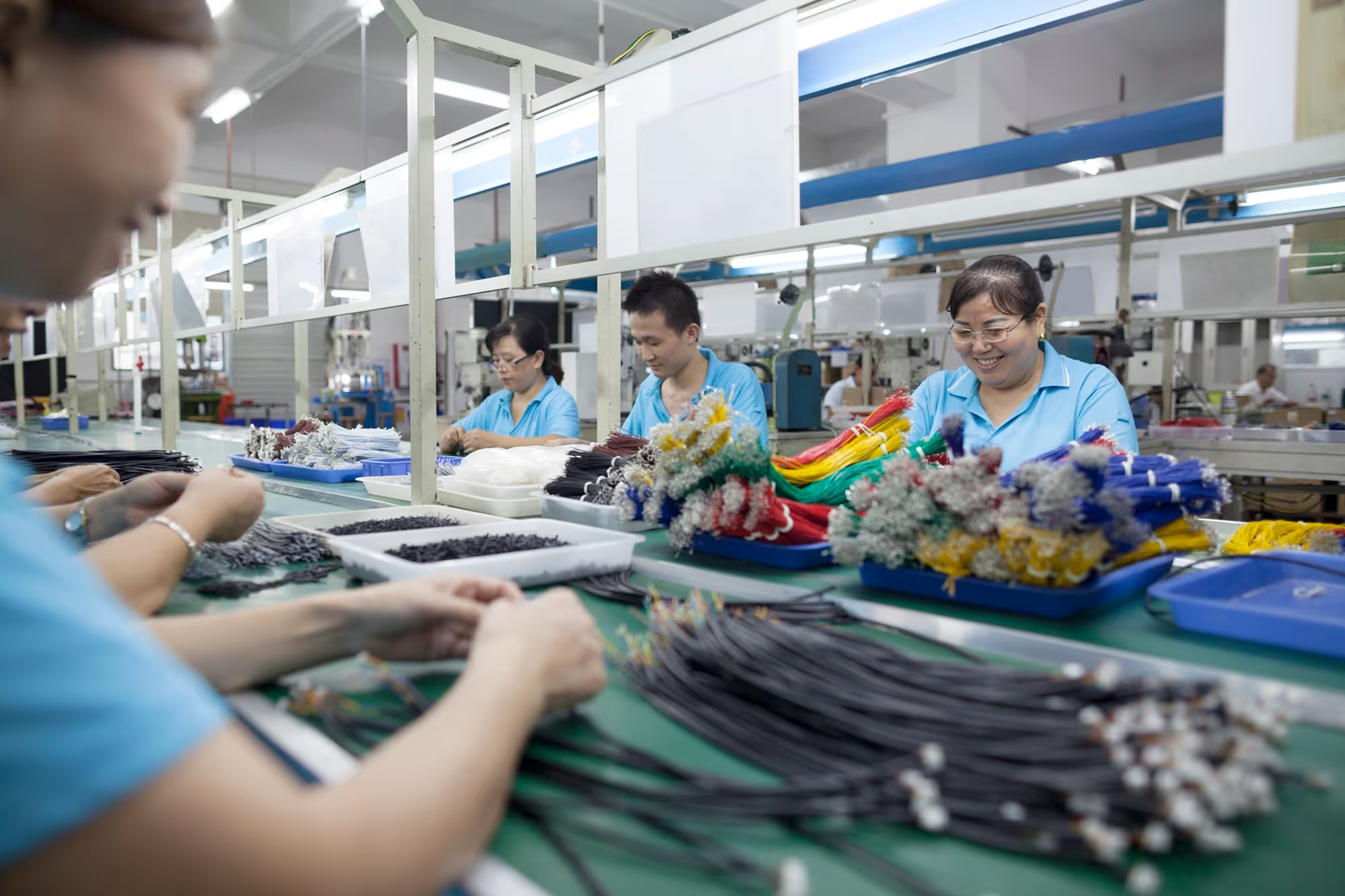
Choose a China Supplier with Experience in Consumer Electronics
In order to source any product, you need to connect with a supplier that can meet your needs. For consumer electronics, that means finding a supplier in China that has the appropriate background to successfully make the product you have in mind.
We've talked a lot about how to find a manufacturer in China, but there are special considerations to keep in mind when looking for a supplier for consumer electronic goods. Your supplier should have:
- Experience manufacturing consumer electronics
- Experience in the specific genre of consumer electronics you're hoping to source (for example, an IPL hair removal device is likely to come from a very different supplier than an electric toothbrush or water flosser)
- The engineering capacity to create a new product or an existing product, if those are current or future goals for your business
If you aren't sure where to start looking, consider starting in Dongguan, Huizhou, or Shenzhen. These areas are known for having multiple high-quality suppliers that specialize in consumer electronics.
How to Choose a China Supplier for Consumer Electronics
Now that you know what to look for (and what areas in China to keep in mind), you can start your searching for suppliers. There's several places you can try to find suppliers, like:
- Alibaba and other similar, online platforms
- Trade shows
- 3rd Party assistance from a sourcing specialist, like Kanary
When we source consumer electronics for clients, we usually look for 30-50 potential buyers that look like they might be an ok fit. From there we'll start narrowing down suppliers based on how good of a fit they are for specific clients. If you're doing this on your own, some factors to consider when you're narrowing down your own list includes:
- Do they make products for your specific niche within consumer electronics
- How much experience do they have in your industry (if they struggle with common industry terms of processes, they likely are very inexperienced)
- How well do they communicate (whether they're just poor communicators or if there's a significant language barrier, if you can't effectively talk to a supplier, you're likely to have huge issues during negotiations and after production begins)
- What are their lead times? (they could be the perfect supplier, but if they can't start production within your timeframe, they won't be an option)
- What's their price point? (while price shouldn't be your primary consideration, a supplier that's outside of your budget won't work, either)
Narrowing down suppliers takes time, so make sure that you don't rush this process. Ideally, you can narrow down your list to 3-5 suppliers, and you can move to the next step of your decision making process.
Sampling
When you have your list narrowed down to a handful of promising suppliers, it will be time to move to the sampling phase. You need to request a sample from each potential supplier to make sure that they can follow your design specifications, as well as making sure that your design doesn't need to be adjusted.
While almost any product type needs to go through a sampling phase, it is crucially important for consumer electronics. It's hard to find a quality consumer electronics supplier anywhere, including China, and this industry niche is notorious for quality problems. You want to know if a supplier is a poor choice before you sign a contract, not in the middle of mass production.

Negotiations
When samples have been examined and approved, final negotiations will take place. This is where you'll hammer out items like pricing details and minimum order quantities (MOQs). This is where it's extremely helpful to speak Mandarin, since these negotiations can often be nuanced, and misunderstandings can cause huge problems down the road.
Manufacture Consumer Electronics
After negotiations are complete, and you've chosen your final supplier (or suppliers, depending on your product), production can begin. Quality control is always important, but it is particularly important for consumer electronics. As we mentioned, poor manufacturing quality for consumer products is very common, so you need to closely watch and manage quality control.
The best way to do this is to physically be present at the factory. That allows you to get a full picture of production, potentially spot problems quickly, and it's a good way to establish and maintain positive relationships with factory stakeholders or owners.
If you're serious about sourcing consumer products from China, you need to be prepared to have a hands-on approach to quality control. If you don't have the time, resources, or expertise to manage quality control yourself, you should consider partnering with a sourcing specialist, like Kanary.
Shipping or Fulfillment
Since you're sourcing a consumer product, you need to have a plan on how your products are getting to consumers once they're ordered. Here are a few fulfillment options to consider when sourcing consumer electronics from China:
Traditional Bulk Shipping to Local Fulfillment Warehouse
This style of fulfillment is generally straightforward. You order your products, get them on a container for sea freight, and deliver those products to your local warehouse for fulfillment.
Pros
- Less logistical planning
- Better pricing per unit, since sea freight is usually the cheapest option
- A great option for products that have consistent, predictable demand
Cons
• Doesn't respond well sudden changes in demand
• Susceptible to supply chain disruptions and port congestion
• For international customers, can make for extremely long shipping times
For Traditional Bulk Shipping, Consider Consolidated Shipping
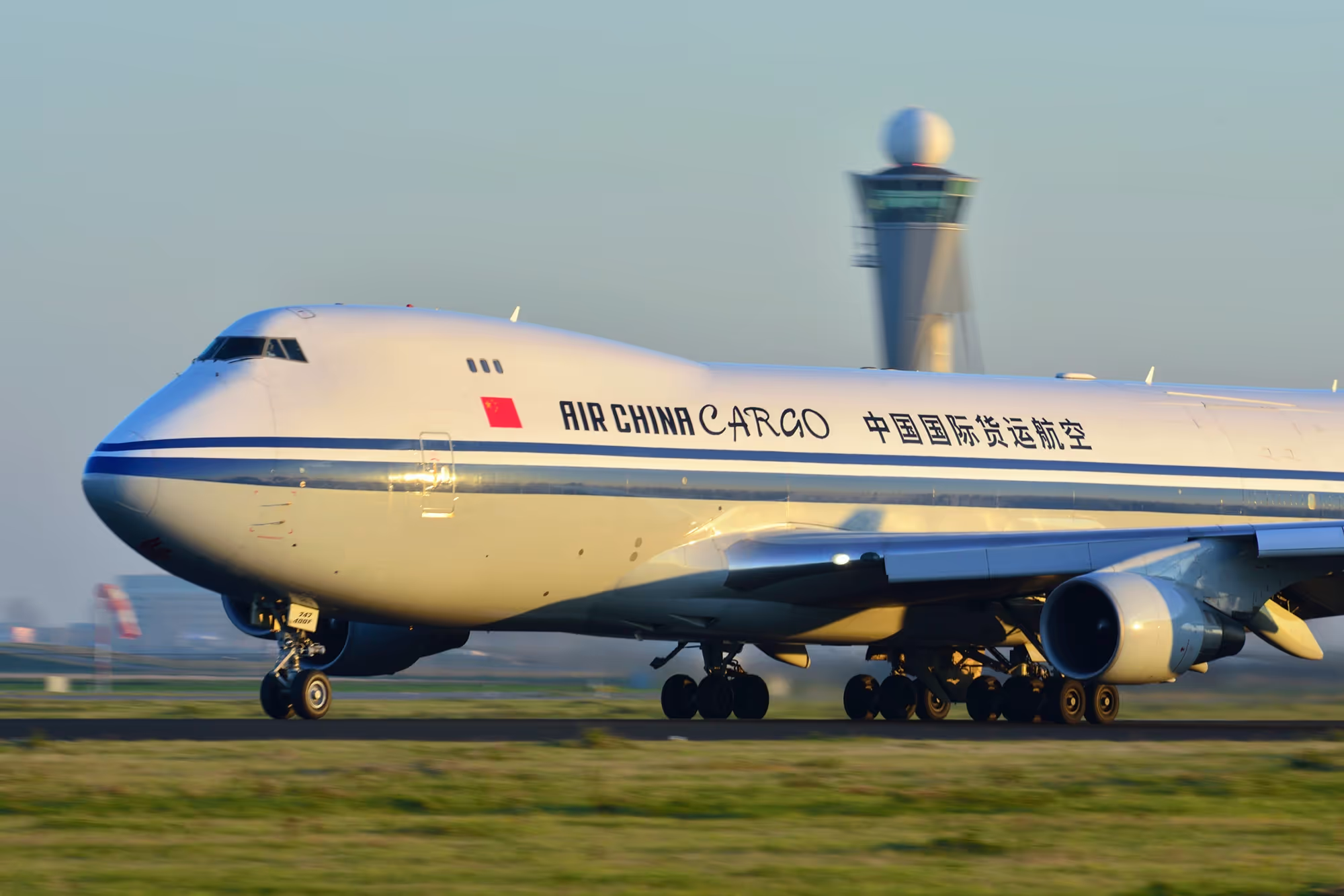
Consolidated shipping is a strategy that focuses on using as much container space as possible to save money on shipping costs. This usually means storing inventory until you have enough to fill a large shipping container (and coordinating with all involved suppliers to ship inventory to a single storage location).
If you plan on using traditional bulk shipping regularly, then consolidated shipping is a strategy your business should use.
Direct-to-Customer (DTC) China Fulfillment
Depending on your product, DTC China fulfillment may end up being the best strategy for you. When products are finished, they aren't sent to shipping containers for sea freight. Instead, they are delivered to a fulfillment warehouse in China so orders can be shipped directly to customers.
Pros
- Flexible to changing demand (you only order weeks of inventory at a time, not months)
- Lead time from factories to fulfillment centers is as short as a few days
- Consistent shipping times to all customers, including international
- Avoids the process of clearing customs
Cons
- May not get as good of a price point as you would with sea freight shipping
- Impossible to consistently offer local customers 2-day shipping
- Easy to miss product defects if you aren't able to consistently be in China
Hybrid Fulfillment
Finally, you may want to consider a hybrid approach that includes traditional bulk shipping and DTC China fulfillment. In this kind of strategy, you still transport bulk orders via sea freight to a local warehouse. However, as your local inventory is depleted, fulfillment switches to your China warehouse until another sea freight shipment can be delivered.
Pros
- Still takes advantage of the pricing benefits of traditional bulk shipment
- Offers flexibility for sudden demand swings (if you sell out locally, you can still fulfill orders from China without interruption)
- Makes it easier to target international customers since shipping times are reasonable
Cons
- Can be complicated to develop a hybrid strategy
- Requires back-end systems that can signal when it's time to reorder inventory and when fulfillment from China should begin, and for which customers
- Double fulfillment or missed fulfillment is more likely if your backend processes aren't fully established.
- Still requires expertise to clear customs successfully
If you're interested in DTC fulfillment or hybrid fulfillment, our preferred fulfillment partner, EcommOps, are the experts in developing DTC China fulfillment strategies.
Clearing Customs with Consumer Electronics

If you are using traditional bulk shipping or a hybrid fulfillment model, you need to be prepared to clear customs with your order. If you don't have experience clearing customs, you may want to partner with a customs broker (or partner with a third-party that regularly works with custom brokers, like Kanary).
How to Clear Customs
There's a lot of information to consider when thinking about how to import products from China successfully, and while we won't go into full detail here, there are some important points to keep in mind:
- Make sure your paperwork is correct: One of the most common reasons that there are delays in clearing customs is because the paperwork isn't done correctly. You'll need to have documentation like the Bill of Lading, commercial invoices, and packing lists, as well as any other documentation specific to your product.
- Have proper HTS codes: HTS codes are what U.S. Customs will determine the tax of your imported goods. The wrong HTS codes could mean you pay more taxes than you need to, or you don't pay enough (which will result in fines).
- Use consolidated shipping: When applicable, you should always use a full-container load (FCL) when importing products from China. There's a separate area at the ports where FCL shipments are unloaded, and it's usually less congested than less-than-container (LCL) shipments.
- Be prepared for delays: Even if you do everything perfectly, you may still get delayed in customs. You could get flagged for X-rays, if you have an LCL order, your container could be delayed, or the port could be congested due to supply chain disruptions or because of busy shopping seasons (like in Q4)
Kanary: China Sourcing Specialist for Consumer Electronics
China is an excellent area to find high-quality suppliers for consumer electronics, but there are also plenty of poor choices that will frustrate your business. If you want a guarantee that you find a supplier that's a great fit for your needs, then partner with Kanary! We know where to look for the best suppliers and have established relationships with multiple suppliers already.
We also offer unique advantages, including:
- A physical presence in the U.S. and China
- True bilingual support (Mandarin/English)
- Contract negotiation
- Boots-on-the-ground quality control during production
- Shipping expertise
- Experience helping clients clear customs
If you want to remove the uncertainty of looking for a supplier, reach out to us. You can fill out our online form, or call us directly at +1-305-735-1646, and we'll get started on creating a sourcing plan unique to your business, including finding excellent electronic consumer suppliers to choose from.

.jpg)

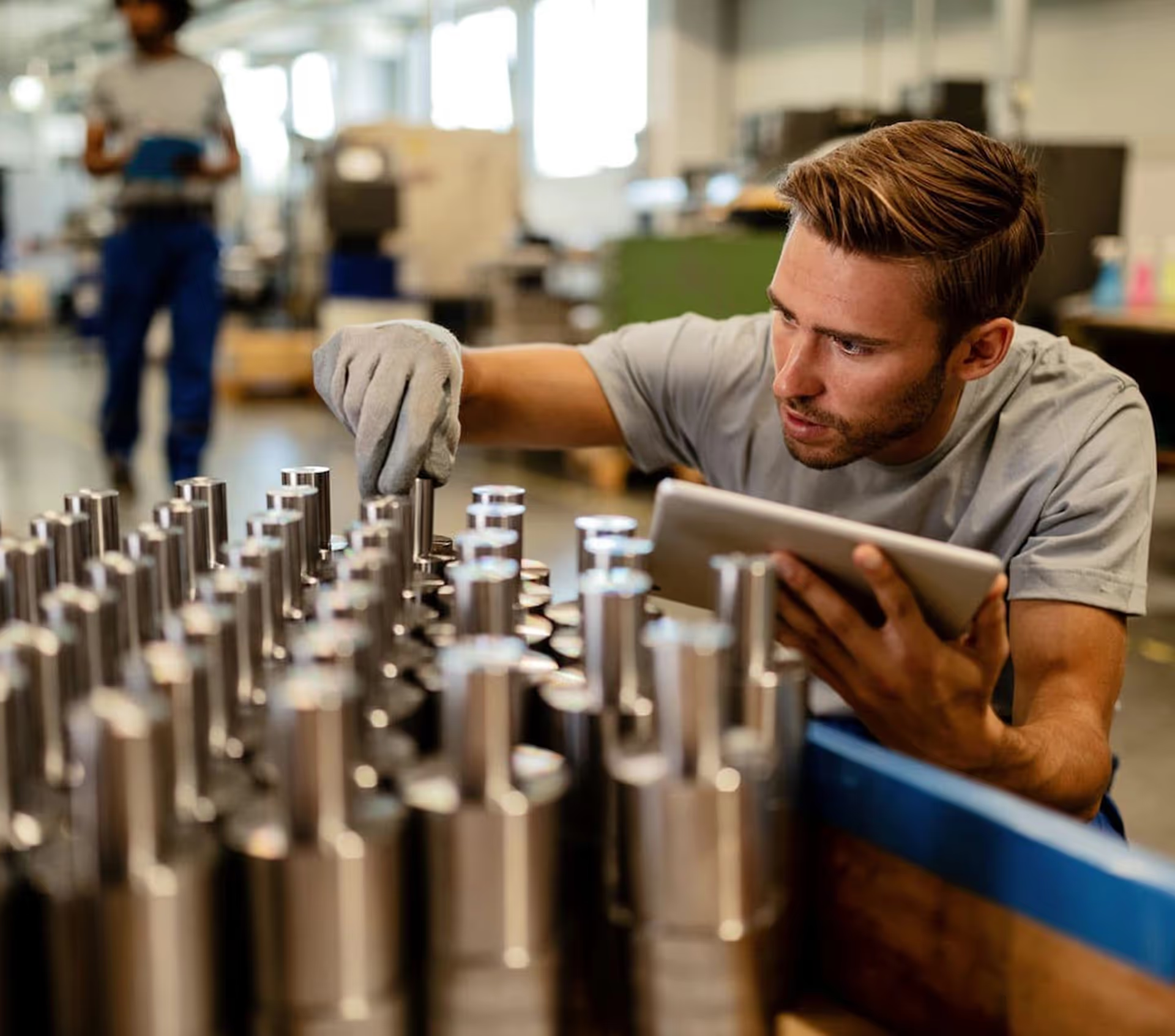

.png)
